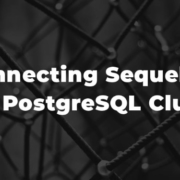The Istio traffic management model basically allows for the decoupling of traffic from infrastructure scaling, allowing operations personnel to specify the rules to apply to traffic using Pilot instead of specifying which pods/VMS should receive traffic. Decoupling traffic from infrastructure scaling allows Istio to provide a variety of traffic management functions independent of application code. The Envoy sidecar proxy implements these functions.
In a typical mesh, you often have one or more finalizing external TLS connections at the end to guide traffic into the mesh’s load balancer (known as a gateway); the traffic then flows through internal services after the sidecar gateway. The following figure illustrates the use of gateways in a mesh:
Source de l’article sur DZONE





